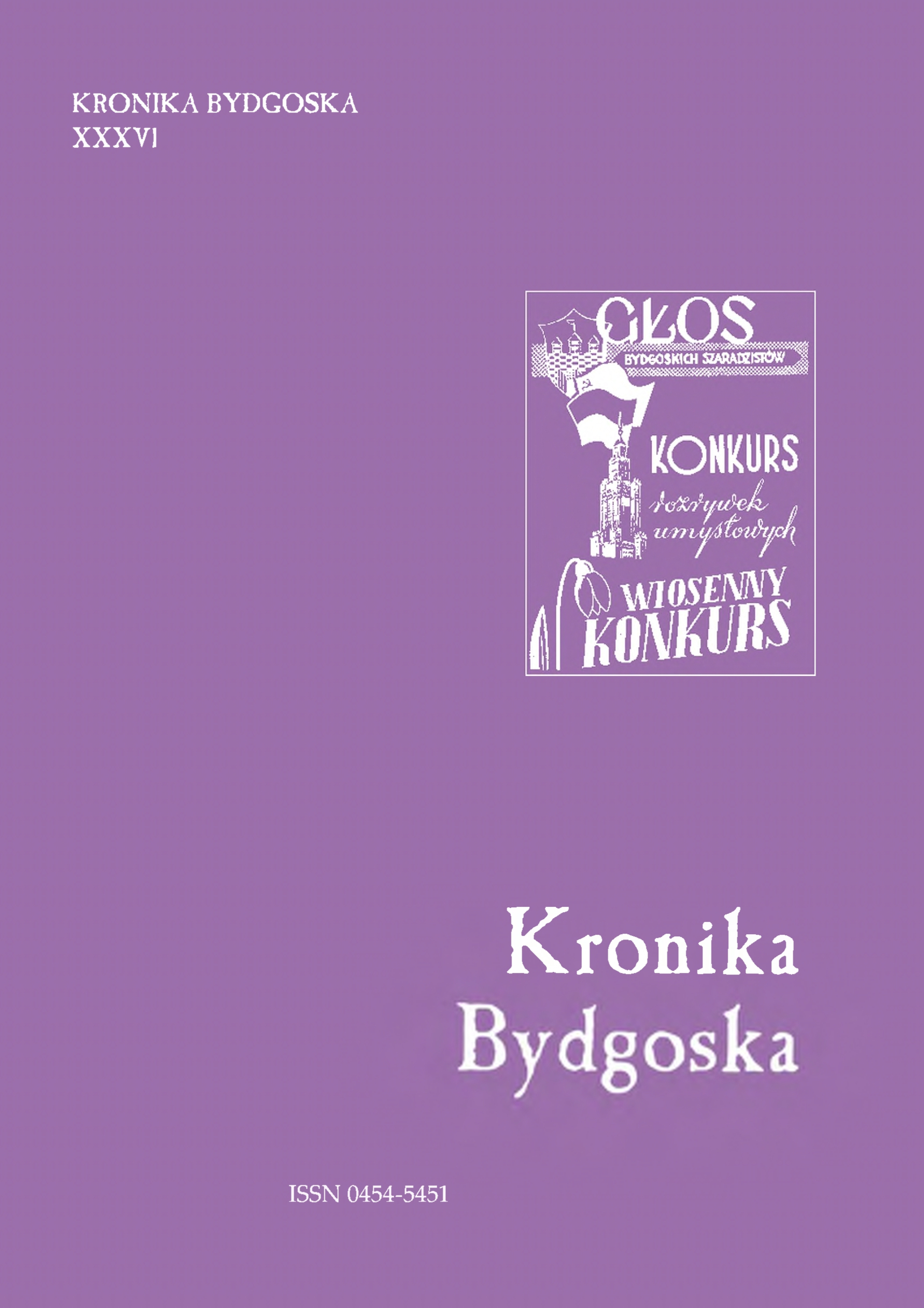Zmiany w nazewnictwie bydgoskich ulic i placów w okresie działalności samorządu miejskiego w latach 1945-1950
DOI:
https://doi.org/10.34767/KB.2015.36.08Słowa kluczowe:
Bydgoszcz, nazewnictwo miejskie, szata ideologiczna miasta, ulice i place, toponimy, urbanonimyAbstrakt
The topic described in the article focuses on changes in the names of streets and squares in Bydgoszcz, which took place in 1945-1950, in the period of activity of municipal self-government (Municipal National Council and Municipal Board). It was a period of dynamic social and political changes in Poland, finished with gaining full power by the communists. Streets and squares create a space of social character; their names become carriers of certain values and contents. Therefore, they become a subject of interest among representatives of many fields of science. Polish sociology formulated a concept treating names in the city as its ideological attire, which undergoes continuous changes. In democratic systems they are pluralistic and progressive in character, in opposite to situations when one political force takes over power and full control over public space. In the described period, political conditions left their clear mark on names in the city, leading to their strong ideologization and destruction of traditional names of streets and squares located in downtown areas, frequently of historical importance. These processes had taken place in the majority of cities in Poland, thus the article makes an attempt at indicating their specificity in Bydgoszcz, entities initiating changes and breakthroughs in the history of the city.

